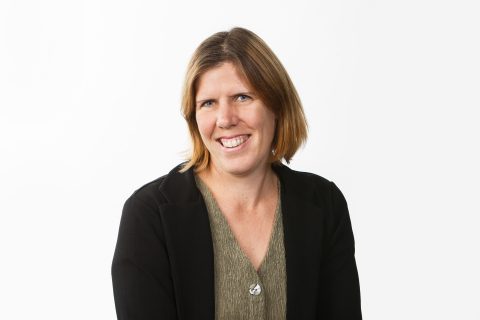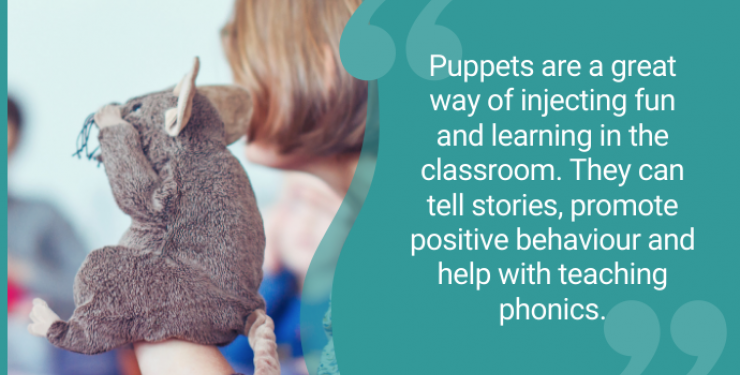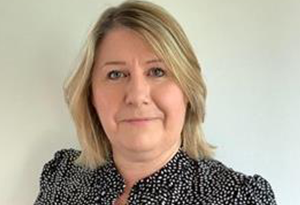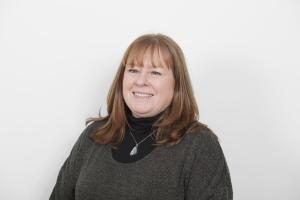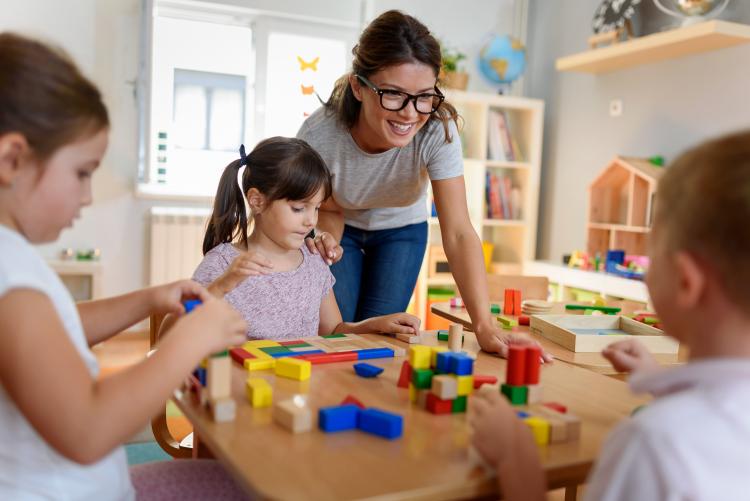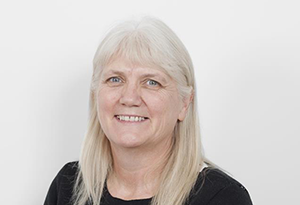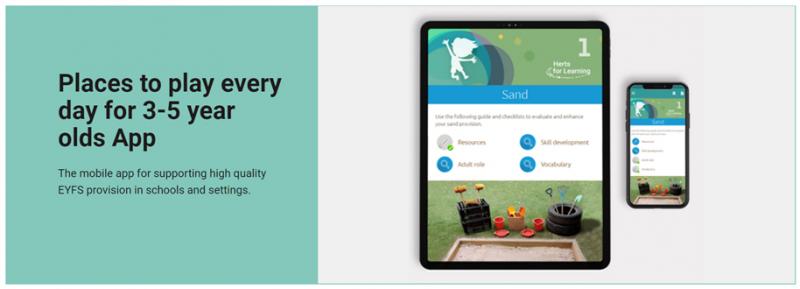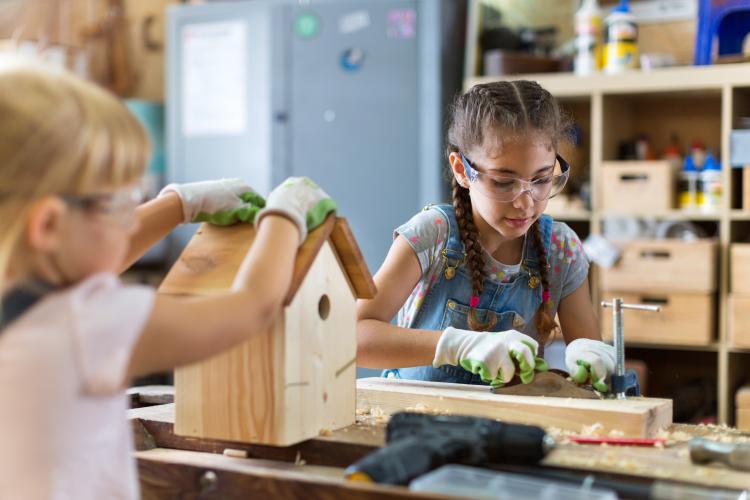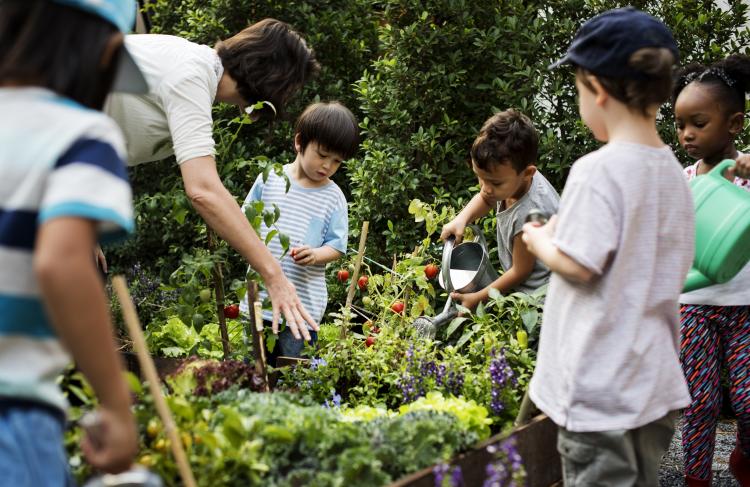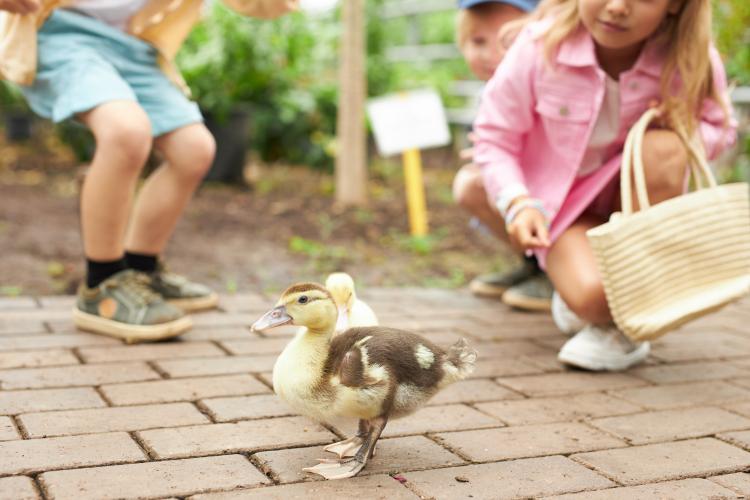Safeguarding underpins everything we do
Good intentions are not enough to keep children safe in schools. A robust safeguarding culture is one in which safeguarding is embedded into every aspect of school life with school leaders key to ensuring it’s front and centre of everyone’s thinking. Across England we are seeing a flurry of schools rated ‘Inadequate’ by Ofsted after failing to demonstrate effective safeguarding practice. Governors are part of the leadership and management team and therefore have a key role to play in ensuring that safeguarding is effective in their school.
The document that has long underpinned safeguarding in schools is Keeping Children Safe in Education (KCSIE) and the latest consultation is underway for the 2022 version which closes on March 8th KCSIE consultation. It’s essential that all governors should at minimum read the condensed version of Part 1 (annex A) and ideally Part 2 The Management of Safeguarding where specific reference is made to governors’ responsibilities – given the whole board responsibility it could be argued that governors should read all of KCSIE. The following are some of the proposed changes, these could form a very useful discussion on safeguarding at an FGB meeting:
- one proposed change is to take the standalone DfE guidance on sexual violence and harassment and merge it into Part 5 of KCSIE – does this simplify things or lose sight of a key document?
- the phrase ‘peer-on-peer abuse’ has been replaced with ‘child-on-child abuse’, this clarification brings into sharper focus what is being referred to and the language that needs to be used when discussions take place – how has your boards understanding of child-on-child abuse evolved over the past 6 months during which the awful scale of this problem has been emerging?
- more detail on the impact of domestic violence on children - the impact of lockdowns, working from home and the periods of learning at home have all contributed to the growth in child victims of domestic violence. What is your school doing to train staff to recognise signs of abuse and what systems are in place for easy and effective reporting of concerns?
- further guidance on Prevent and preventing radicalisation - are you up to date with your training, does your board still have regard to this important, but sometimes overlooked, area of safeguarding?
The following are some of the other key proposed changes looked at in more detail:
Safeguarding training
There is a common misconception that there is a statutory requirement to be safeguarding trained as a governor, the fact is that this has only ever been ‘recommended’ including the advice to refresh your training every 2-3 years. It is clearly desirable that all governors be safeguarding trained given the boards overall responsibility for this area and more so to enable governors to understand their responsibilities and be able to challenge effectively. KCSIE 2022 has strengthened the guidance on training to "Governing bodies and proprietors should ensure that all governors and trustees receive appropriate safeguarding and child protection training at induction. The training should be regularly updated." This is still not a firm ‘must do’ but is a clarion call to governors and boards to receive governor specific training, will this be an action at your next FGB meeting?
Social media checks for job applicants/ safer recruitment
Schools have spent many years warning their pupils that what they post on social media can have career limiting consequences down the road so it’s not surprising that KCSIE is now consulting on schools considering carrying out online searches, including social media, as part of their due diligence on short listed candidates. This will prompt a debate as to what online activity would be viewed as a reason to not progress with a candidate as opposed to that which, with hindsight, may look ill-judged but have no relevance as to the candidate’s suitability. When you combine this with governor training on safer recruitment you are adding a very complex new angle to school staff recruitment. A clear set of parameters will need setting as to what online activity will be looked at, what types of posted content will be considered, what will be the historic limit to the search, what are the red flags and what can be discounted – consistency will be the watch word to avoid potential discrimination or other challenges to the process.
Attendance
This is now viewed as a key safeguarding battle ground with new and compounding issues caused by the pandemic, children ‘missing from education’ are a child protection and safeguarding priority for all schools. In a dramatic intervention Rachel de Souza, Children’s Commissioner for England, has stated that between 80 and 100,000 children are completely missing from school rolls (that’s an average of 4 pupils per school) whilst nationally attendance is languishing at about 87% as opposed to an average for January of 95% BBC article. Setting these startling claims to one side how as governors are you receiving attendance data? Is it clearly laid out with commentary and actions to tackle trends and persistent absenteeism? Do you have a link governor for attendance who can monitor this throughout the year rather than just snapshots at FGB meetings? Can governors articulate the challenges and what is in place to improve attendance?
Having a positive safeguarding culture is often referred to but sometimes not fully understood. It literally starts at the school gate with site security and access key to creating a safe and secure boundary from within which education can be delivered. How is the culture visualised? Are the DSL and their team clearly signposted around the school and how easy is it for staff and pupils to report their concerns in person or anonymously? Are school policies on child protection, behaviour, safeguarding and online safety clearly communicated to staff, pupils and parents and are the current versions on your website and easy to locate? (Your website is the school’s window to the world and will be one of the first things Ofsted will look at prior to an inspection) Do staff, governors and visitors have clearly identified lanyards so that pupils can identify adults that should be accompanied and how visitors can be challenged? Are there clear safeguarding protocols for visitors, do they receive/ and or sign to agree to them? Do the board receive termly safeguarding updates at meetings? Is safeguarding a standing item on your FGB agenda?
A small example of how basic things we take for granted when denied can have damaging consequences, in this case Bed Poverty. This moving article explains bed poverty Guardian article, the following item from 2018 stands out for the fact that Hertfordshire is listed amongst Local Authorities distributing beds BBC article. I mention this in the wider context of safeguarding beyond the school gate and is a small example of where staff training can help to identify those hard-to-reach vulnerable students and provide life changing support, in this case a child simply having their own bed to sleep in.
There is little doubt that safeguarding can become overwhelming for governors, having a safeguarding link governor is a starting point but by no means the end of the matter. A link governor cannot take on the safeguarding brief alone, remembering that safeguarding is something we all have a collective responsibility for. When you visit your school, whether during the daytime or evening, have your eyes open to safeguarding concerns, if you see something that doesn’t feel right don’t wait to report it, speak to the Head or DSL whilst you’re there or as soon as reasonably possible after. Governors must have the view that ‘it can happen in our school’, this is no way a criticism of the safeguarding culture in your school, but without this mindset then you collectively enable those that are predisposed to find and exploit weaknesses with all the devasting consequences that follow. Be trained, be aware, and be prepared to report any concerns for the sake of the children whose care and safety we are entrusted with.
To contact us please use the following:
Governance Helpdesk – 01438 544487
Governance Training – 01438 544478
Or email as before - governance@hertsforlearning.co.uk



